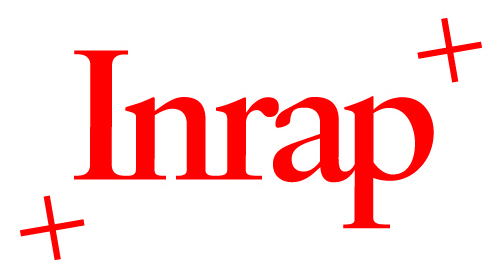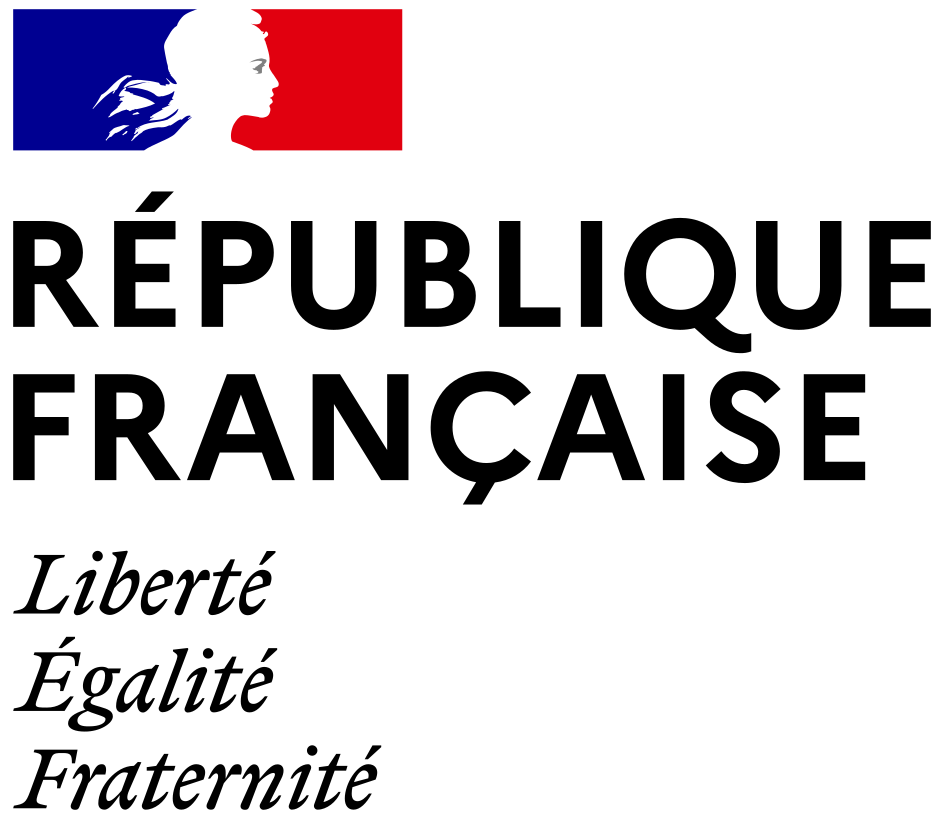Apports récents du diagnostic à l'archéologie de la Seconde Guerre mondiale : quelques exemples et réflexions pour la région Normandie
Résumé
Since 2014, World War II archaeology occupies a leading place in French historical research, quite specially in Normandy where numerous war remains were brought to light on the occasion of recent archaeological surveys. The DRAC of Normandy also undertook the inventory of Atlantic Wall’s remains. However, the excavation are still too rare, in spite of the patrimonial, historic and anthropological potential that offer these traces of the conflict. It is thus necessary today to lead a reflection about new questionings and interdisciplinary methods intending to develop the study of these research materials, still little familiar to the archaeologists, and to reveal their meaning with regard to the long history of human behavior.
Depuis 2014 l’archéologie de la Seconde Guerre mondiale occupe une place de premier plan dans le paysage de la recherche historique française, tout spécialement en Normandie où de nombreux vestiges de guerre ont été mis au jour à l’occasion de récents diagnostics archéologiques. Dans le même temps, la DRAC Normandie a entrepris l’inventaire des vestiges du Mur de l’Atlantique. Toutefois, les prescriptions de fouille demeurent encore trop rares, en dépit du potentiel patrimonial, historique et anthropologique qu’offrent ces vestiges du conflit. C’est donc à l’élaboration de nouveaux questionnements et méthodes interdisciplinaires qu’il faut aujourd’hui réfléchir afin de développer l’étude de ces matériaux de recherche encore peu familiers aux archéologues, et d’en révéler la signification au regard de la longue histoire des comportements humains.
Fichier principal
 2017_SST2_Inrap_Carpentier_et_coll_Seconde_Guerre_mondiale.pdf (8.87 Mo)
Télécharger le fichier
2017_SST2_Inrap_Carpentier_et_coll_Seconde_Guerre_mondiale.pdf (8.87 Mo)
Télécharger le fichier
| Origine | Publication financée par une institution |
|---|
Loading...





